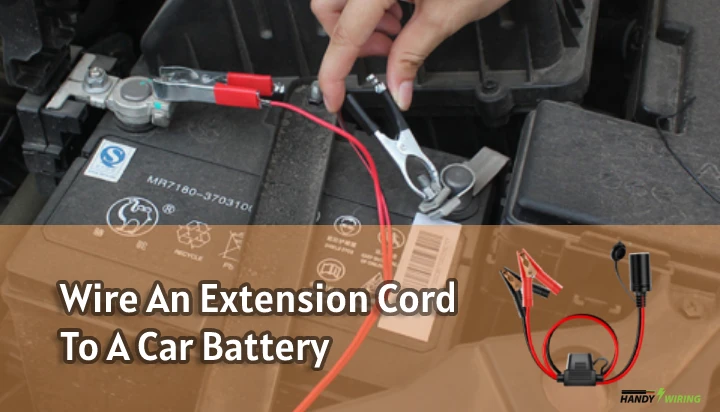One common issue faced by homeowners is changing a circuit breaker from 20 to 30 amps. This change is often necessary when installing a new appliance or system that requires more power.
It is not advisable to replace a circuit breaker rated for 20 Amps with one that can handle 30 Amps. However, if the wires in the circuit are capable of handling a 30 Amp current, then it is safe to use a 30 Amp breaker.
This guide will help you find the correct and safe way to change a circuit breaker from 20 to 30 amperes.
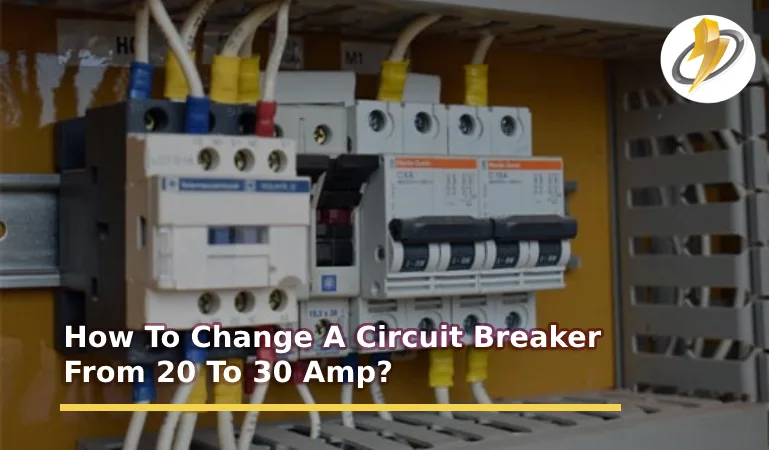
How to Wire a Circuit Breaker?
A circuit breaker is simply put in series with the supply line while wiring. The breaker can be a single pole or a double pole breaker.
In the case of a single pole breaker, only the hot wire is connected to the breaker. On the other hand, both the hot wire and neutral wire are connected to a double pole breaker.
Let me show you more a detail for an easier understanding.
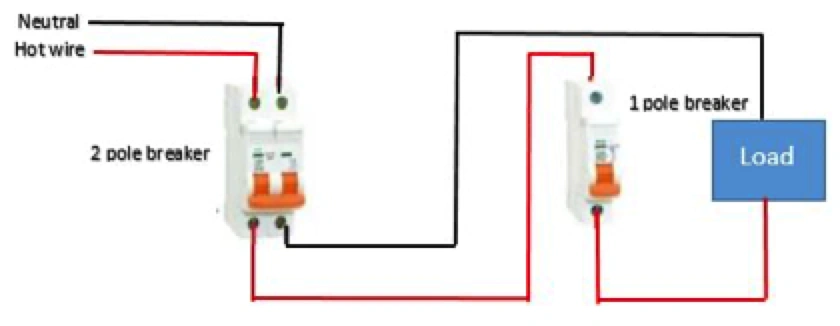
I think you have already found out how to wire a breaker by watching the circuit diagram above. There are different slots for the line and neutral in a double pole breaker.
In the diagram, you can see the incoming wires are connected in the upper portion of the breaker. And the outgoing wires are connected in the lower portion.
In the case of the single pole breaker, there is a slot for the hotline wire only. There is no slot for the neutral. When the current through the hotline wire exceeds the limit, it simply opens the circuit by disconnecting the connection.
In houses or buildings, the 2-pole breaker is used as the main breaker for the whole circuit. On the other hand, the single pole breakers are wired in every little unit to give protection to individual appliances or a whole room.
How to Change a Circuit Breaker from 20 To 30 Amp?
To change a circuit breaker, you have to turn off the current supply in the first place, then disconnect the wires, replace the 20 Amp breaker with the 30 Amp breaker and then reconnect the wires again.
After wiring the new breaker properly, turn it on to energize and establish the circuit connection again.
Let’s put this into some easy-looking steps:
Step 1:
Turn off the main circuit breaker of the house to cut off the power supply to the targeted circuit breaker.
Step 2:
Open the panel and unscrew the 20-amp circuit breaker. Test the terminals with a tester to ensure there is no voltage supply.
Step 3:
Unscrew the wires of the 20-amp breaker. Check the gauge of the wire.
If the wire does not comply with the 30-ampere breaker, you will need to change them. In that case, you should contact an electrician.
Step 4:
Replace the 20 Amp breaker with a 30 Amp breaker and connect the wires properly as directed.
Step 5:
Attach the breaker to the panel and put the panel back to normal.
Can You Put A 30 Amp Breaker In A House?
Yes, it is okay but a 30-amp breaker in a house. In this case, you have to maintain the protocols while plugging devices into the circuit.
First of all, the wires and accessories must comply with the current rating. If the wires are not thick enough, they can get caught in the fire.
Secondly, do not plug in devices that can exceed the current rating, doing so the circuit will be tripped off.
There is a limited number of devices you can plug into a circuit. If you ask me how many ceiling fans are on a 15-amp circuit? You can connect almost 18 fans on a 15-amp circuit.
A 30-amp breaker can handle 24 amps safely. It is a very simple calculation. Normally the safe range for a circuit breaker is 80 percent of the rated current.
So, 80% of a 30-amp breaker is 0.8*30= 24 amp. This is kind of like how many watts can a power strip handle. There are always some limitations to every device.
When Should You Change a Circuit Breaker from 20 to 30 Amp?
Upgrading a circuit breaker from 20 to 30 amps is a common process, and there are several signs that indicate it’s time to make the change.
Circuit breakers are designed to protect electrical systems from overloading and short-circuits, but as your electrical needs change, so should your breaker.
Increased Electrical Load:
If you’ve recently added appliances or electronics that draw a lot of power, your breaker may be struggling to keep up. Upgrading to a 30-amp breaker will provide the additional capacity you need to safely power your devices.
Circuit Breaker Tripping Frequently:
If your breaker trips frequently, it may be a sign that it’s no longer capable of handling the electrical load. Upgrading to a 30-amp breaker can resolve this issue.
Lack of Electrical Outlets:
If you find yourself constantly using extension cords or power strips, it may be time to upgrade your breaker. A 30-amp breaker will provide you with more electrical outlets and the ability to safely power more devices.
Home Renovation or Expansion:
If you’re renovating your home or adding a new room, it’s a good time to assess your electrical needs and upgrade your breaker if necessary.
In conclusion, upgrading a circuit breaker from 20 to 30 amps is a simple process that can be done with the right tools and precautions.
It’s a good idea to seek professional help if you’re not confident in your ability to change the breaker, or if you have any doubts about the safety of your electrical system.
Summary
In conclusion, changing a circuit breaker from 20 to 30 amps is a simple task that can be completed with the proper preparation and safety measures. Ensure that the breaker is properly secured and connected to the correct wires and test the breaker to make sure it’s functioning properly.
With the provided steps in mind, you can confidently upgrade your circuit breaker and enjoy the added electrical capacity.

![How to Reset Feit Smart Bulb & Reconnect? [Explained]](https://wiringsolver.com/wp-content/uploads/2023/01/How-to-Reset-Feit-Smart-Bulb.jpg)
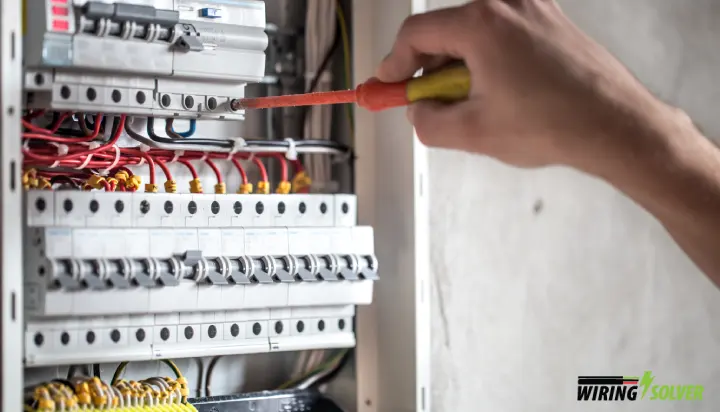

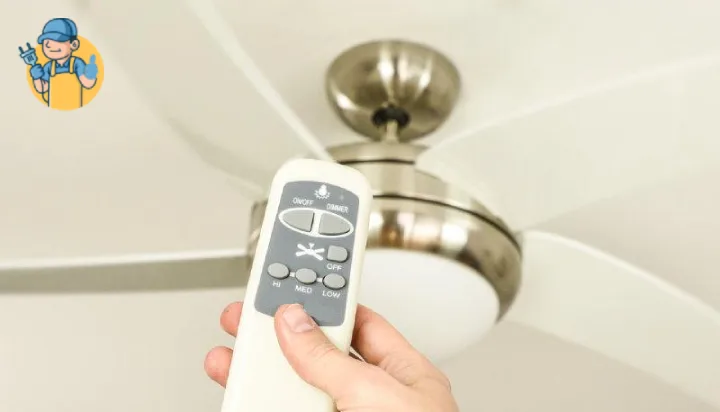
![How to Fix A Cut Electrical Wire In A Wall! [Explained]](https://wiringsolver.com/wp-content/uploads/2022/07/How-To-Fix-A-Cut-Electrical-Wire-In-A-Wall.webp)
